Data storytelling with brand topics
Part 3: How to make a PR data-story with zero budget
Recap: The alchemy – story gold from base metals
We’ve run through our three-part formula for PR data-storymaking, with the added alchemy of ‘Creative Force-Fitting’, and we’ve delved into the ingredients for success when looking at Popular Culture Moments. Part 3 and we’re onto the next dive in.
Using a simple brand narrative to reveal brand topics
What are the relevant topics for a brand’s storymaking?
Keyword analysis, content gap analysis, will give some of this. But it only really gives a picture of category and competitor topics that audiences have been searching for (duh).
First of all, even in the search-arena – 15% of searches every day are brand new.
Secondly, brands need to occupy their own position – distinctively – in the minds of their audience.
In short, there is a ‘white space’ of topic opportunities that aren’t revealed just be looking at competitors and audiences’ search behaviour.
One way to explore these is to write a simple brand narrative. A short story, with the brand as a central character. We use the classic ‘hero’s journey’ as a format for this.
Our hero (the audience / customer) is getting on with their lives (their everyday world), but they yearn for something more (there’s a want, or a need, below the surface).
Then they meet a mentor (the brand) who shows them that more is possible (their better world) and gives them a magic gift (the brand, the product, the brand content).
They set off on a quest for the better world – but their path leads them into conflicts (the villain, the problems) but with the help of the magic gift, they overcome these (the changes they make), and triumph to reach the new world (the moral of the story, the brand ‘line’).
Okay, it’s not Homer’s Odyssey or even JK Rowling’s Harry Potter. But write it, with a little dose of creative imagination, and a large dose of emotion, and you start to find some topics you might not have thought of.
Without showing the narrative itself (maybe one for another time) – as an example: when we did this for a new ‘cycle to work’ scheme we uncovered:
Hero topics:
commuters: how many commuters / ages and demographics / how’s it changed / regional differences / types of commuter / ways of commuting
Villain topics:
challenges of mixed transport commutes, switching from train to bike, other road users, no bike lanes, headphones and safety, ‘helmet-hair’, rain, wind, snow, securing your bike and laptop
Basically, each part of the little narrative bursts into a set of topics, and story ideas.
Of course, you might not think you need to write a story, to get to these – but you might be surprised what a wellspring of creative ideas it opens up.
Visualising the Brand Topics
Another complementary approach is a visual mood board to stimulate topic ideas. We find the narrative opens up more feelings and emotions – and then the pictures trigger a further set of ideas.
And importantly, the Answer The Public-style, bottom-up search-led analysis would miss many of these.





